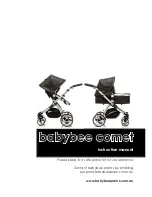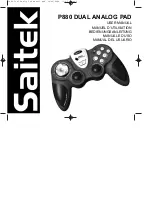
Documentation HG G-73650ZD | English, Revision 05 | Date: 09.03.2017 | www.goetting-agv.com
26
Chapter 2: Basic Principles of Track Guidance
In this example it is possible to tell the control unit to not attempt to steer right but to steer
the wheel left with the attribute „Steer inverse“. Then enough steering angle is available to
drive the curve.
Note
Segments that have „Steer inverse“ or „Steer not inverse“ set need to be transferred alone
and not as a part of sequence of segments.
If from the same position the control unit is to drive a sharp left turn instead it is advisable
to set „Steer not inverse“ to make the control unit use the sufficient remaining steering an-
gle when steering left.
Figure 18
Example: Steering not inverted
2.5.3.3 Stop Distance
If a vehicle has to stop at several targets on a straight line it is possible to define a segment
for each target. This way is rather complex, though. When using segments the minimum
length of segments has to be observed (a minimum of 4 support points, with a distance of
10 cm between the points = 30 cm). Also the speed has to be low enough so that the vehicle
may stop inside a given segment.
Alternatively the attribute „Stop distance“ can be used. Then one segment can be defined
that goes along all target stations. When „Stop distance“ is activated the PLC can send a
distance larger than zero (e.g. through the CAN Box from Table 36 on page 114). The vehicle
will then stop when reaching the given distance.
The control unit automatically reduces the speed to 2 cm/s 10 cm before the stop distance
is reached in order to allow fine positioning. This e.g. allows the PLC to read connected light
barriers so that it can stop the vehicle with „Clearance segment“.
Initial position
„Steer inverse“
Max. steering angle
reached (steer right
in left turn)
„Steer not inverse“
The curve can be
driven (steer left
in left turn)
Wheel heading and
max. steering angle
















































